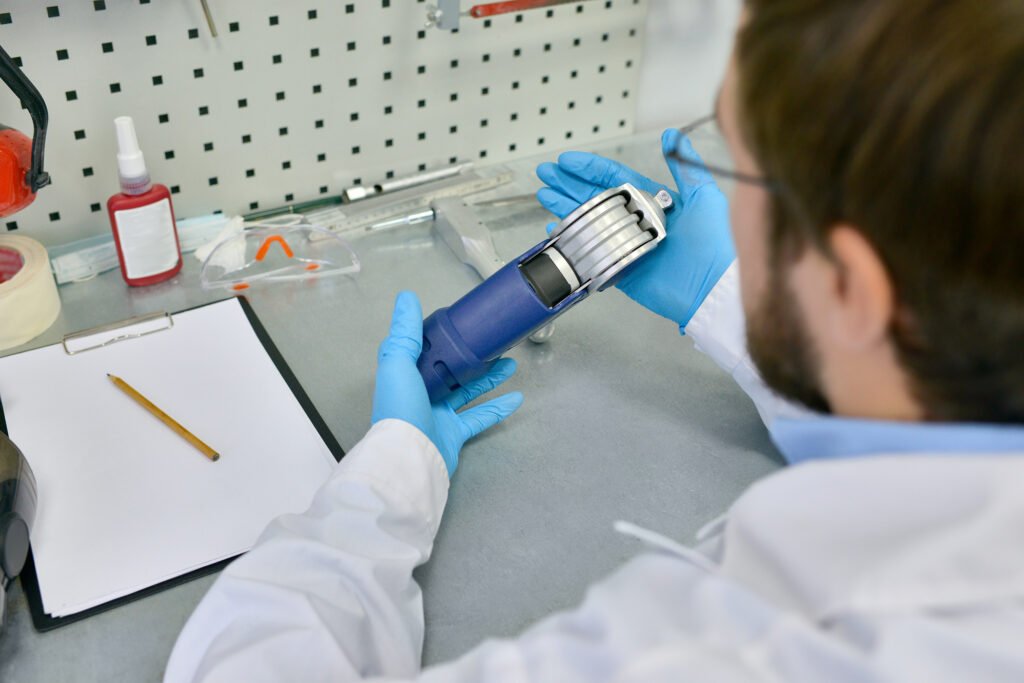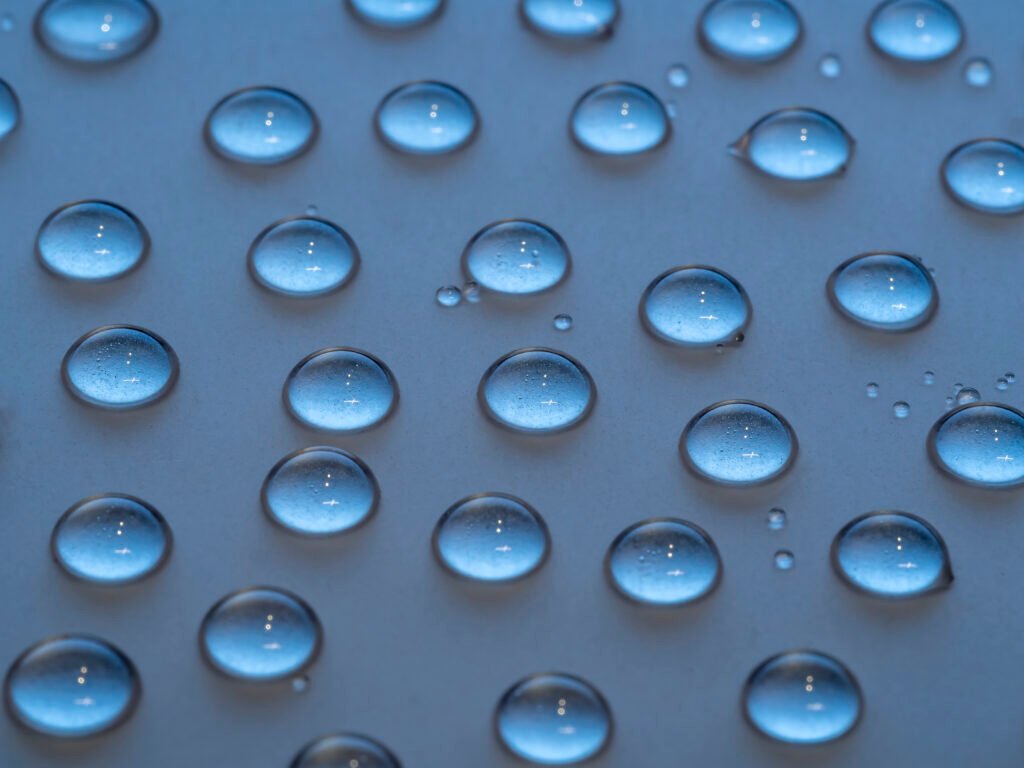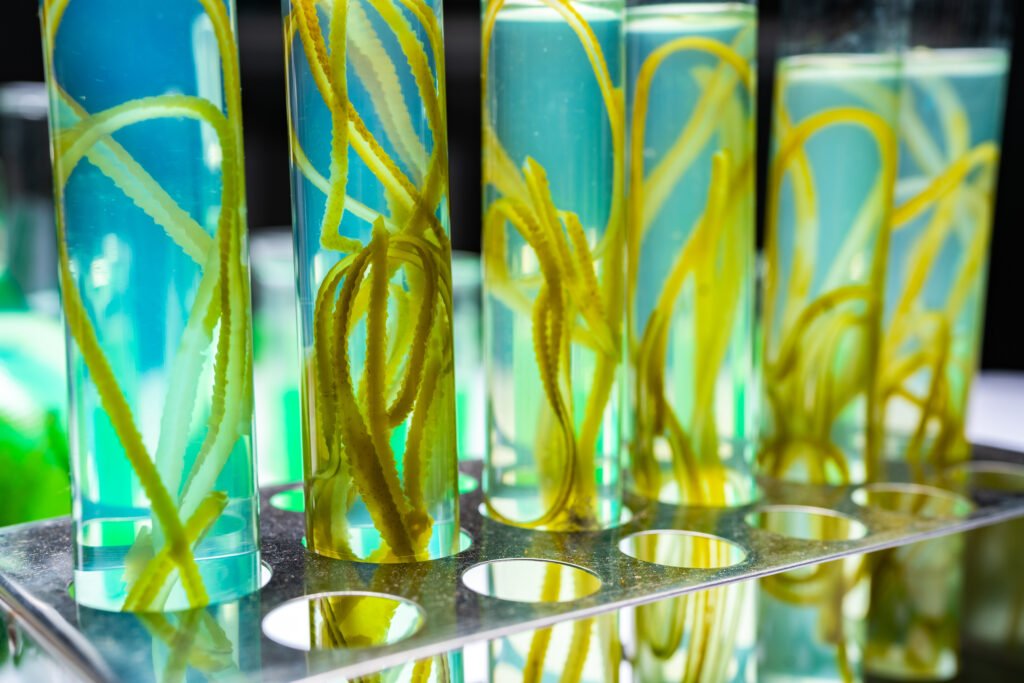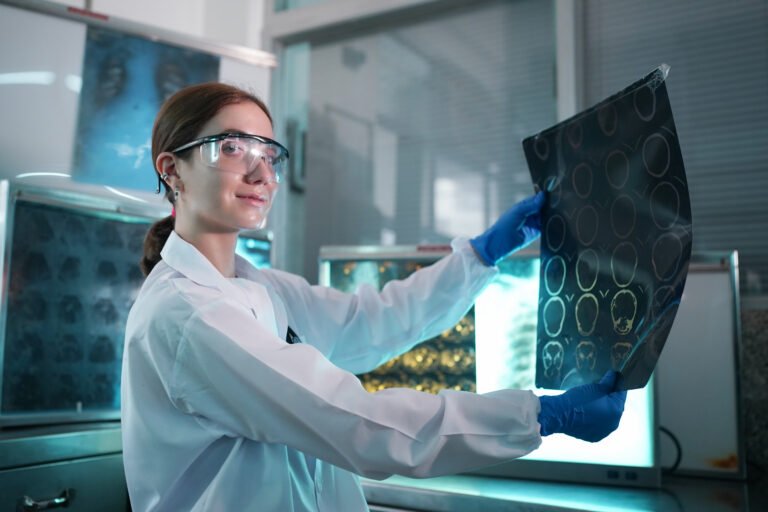Our focus is on membrane research and technology in the search for solutions that will promote sustainability, contribute to green technologies and help to advance the environment.
Membrane filtration, membrane separation and other techniques are part of this field. It is crucial in meeting some of today’s most pressing challenges. They are not only a potential way to improve industrial wastewater treatment, but they also have a major role in the purification of air and water.
The research and exploration of membrane technology reveals how this topic is at the crossroads of science and sustainability. It’s an important subject of study in our pursuit of a sustainable future.
Table of Contents
Membrane Technology: An Overview

The membrane technology includes the processes that are used to construct and apply the membranes. Membranes play a vital role in transporting or rejecting substances from one medium to another.
The membranes work on the principle that filtration can be achieved with pores smaller than harmful microorganisms.
The concept of membrane technologies dates back to the French AbbeNollet’s observation of osmotic phenomenon in 1748. This marked the start of membrane separation technology.
Membranes have evolved over the years from mechanical sieves into complex systems that can be separated based on affinity or size. This has had a significant impact in industries like water treatment, environmental engineering, and energy.
Applications of Membrane Technology

The versatility and efficiency of membrane technology is demonstrated in many sectors. Membranes are used in industrial processes like water desalination and beverage production. They also help to purify and concentrate products, while minimising environmental impact.
Membrane technology is also important for environmental applications, as it improves sustainability by enhancing wastewater treatment, resource recovery and resource recovery. Membranes are used in the development of artificial organs and tissue engineering. They also play a crucial role in creating drug delivery systems.
The wide range of applications and the transformative power of membrane technologies in multiple industries are highlighted by these examples.
Membrane research: Innovations and advances

Nanomaterials, in particular, have been a major breakthrough for membrane technology. The materials used, such as nanoparticles, graphene and other similar substances, have increased permeability and stability, which helps improve the water recovery in membrane systems and lower energy consumption.
Membrane properties have been revolutionized by innovations such as surface deposition of nanomaterials and matrix embedding.
Membrane Applications, Science and Technology Center (MAST), for example, is developing innovative applications, particularly in the biopharmaceutical process. The National Science Foundation supports this center that focuses on producing vaccines and gene therapy, which highlights the importance of membrane technology for modern medicine.
READ MORE:
- What is Embedded Insurance: A Beginner’s Guide
- Travel agents for Delta vacations: How to get started
- For the best in ecotourism try Dominican Republic holidays
- Did You Know These 11 Hidden Gems in Northern California?
The Future of Challenges

Membrane research: Current challenges
Although membrane technology has advanced, it still faces challenges, such as fouling of the membrane, which restricts its use in complex aqueous solution. Hollow fiber membranes need to be strengthened mechanically in order to resist high air pressures.
The environmental impact on membrane production is also a concern, as it involves non-degradable materials and toxic chemicals.
Future Prospects and Directions of Research
In the future, integration of advanced material like monodisperse nanostructured inorganic structure could revolutionize membrane application. 3D-printing technology promises to revolutionize manufacturing and design.
Membrane technologies for biorefineries also have promising prospects as a result of the move towards renewable feedstocks. Artificial intelligence in the process system engineering field is likely to improve design and optimization for membrane processes.
FAQs
What is the future of membrane technology?
The development of new materials, processes and production methods are expected to make significant advances in membrane technology. The innovations are aimed at improving the quality of membranes and reducing their costs, especially in water purification and wastewater treatment applications.
Why is membrane technology so important?
Membrane technologies are essential because they remove various contaminants, such as microorganisms and organic material, heavy metals, sulfates, and new pollutants. Purification is necessary to produce safe drinking water as well as suitable water for industrial processes.
Membrane technology is used in many different ways.
The membrane technology is used in a variety of ways. Membrane technology is employed in the filtration, distillation, and extraction processes. Membranes can also be used as a storage solution for biogas in plants, and as catalysts during chemical synthesis.
What is the significance of membrane filtration?
Membrane filtration offers several advantages. The technique allows the analysis of larger volumes of sample, reduces the preparation time in comparison to other methods and allows the identification and counting of distinct colonies of bacteria. It is therefore a very important technique for a variety of analytical and processing purposes.
The conclusion of the article is:
We have highlighted the importance of membrane research and technology in a variety of sectors. This includes its role as a tool for improving environmental sustainability, health care, and industrial efficiency.
Membrane technology has a huge potential to promote greener processes, such as water purification and waste treatment.
The importance of this area, especially in the areas of nanomaterials, biopharmaceutical, and other applications is underscored by its innovations and advances, which are a part and parcel of our quest to achieve sustainability and efficiency.



